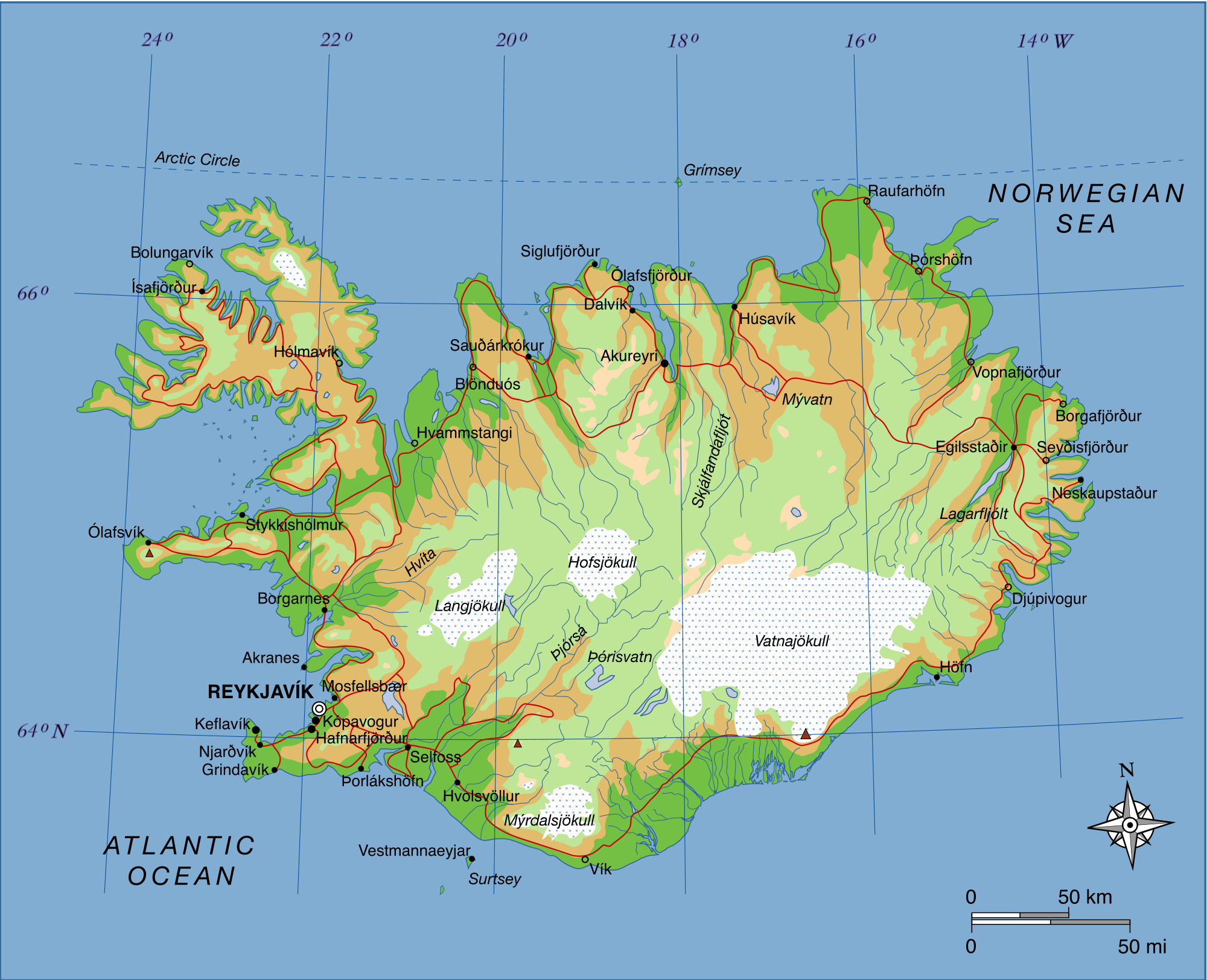The U.S. has arrangements with other nations to station nuclear weapons in some countries and bombers to deliver some of them in other countries. This has always been with the full knowledge of the leaders of those nations and permission from the governments. However, there was a time when the U.S. considered stockpiling nuclear weapons in a NATO member without the knowledge or permission of that nation's government.
Around 1960, the U.S. Navy ordered the construction of a storage facility for stockpiling nuclear depth charges that are called Advanced Underseas Weapons (AUW) at the Keflavik air base in Iceland. As far as the local Icelandic construction workers knew, the facility was simply for storing conventional torpedoes. It is unknown whether the U.S. ambassador to Iceland at the time knew of the intended future use of the constructed facility. It was later revealed around 1980 that the Nixon administration had considered Iceland to be what they called a location for "condition deployment" in case of an escalation in international tensions that could have led to nuclear war.
The U.S. never did deploy nuclear weapons to Iceland. About the time that the AUW storage facility was being constructed, the U.S. Ambassador was aware of discussions of U.S. nuclear weapons deployment to Iceland even if he did not know about the AUW facility. The Ambassador strongly opposed any nuclear deployment to Iceland. The Icelandic government did not want any nuclear weapons on their territory. The Ambassador was afraid that if the U.S. attempted to deploy such weapons openly or deployed such weapons covertly and the Icelandic government found out about it, there would a serious diplomatic incident and Iceland might even withdraw from NATO.
The U.S. National Archive has recently releases some communication documents from that period. Some of the information is redacted but it is clear from the context that Iceland was the focus of a discussion about nuclear weapons deployment. The archival materials included:
· A request from the Icelandic Foreign Minister in November of 1951 asking for reassurance that the U.S. did not intend to place an "atomic" base in Iceland.
· A telegram from the U.S. State Department in December of 1951 authorizing the a U.S. official to tell the Icelandic Foreign Minister that the U.S. would abide by the letter of the defense agreement negotiated earlier in the year.
· A questions asked by the Icelandic Foreign Minister in 1960 of whether the U.S. was storing atomic bombs at Keflavik air base or moving bombs through the air base.
· The draft of a reply to the Foreign Minister's question that said that no nuclear weapons had been deployed to Iceland but that the Atlantic Command did have a requirement for a nuclear weapons storage site in Iceland.
In 1998, there was an article published that dealt with a release of information about deployment of U.S. nuclear weapons in foreign countries. Some of the information about which countries had hosted U.S. nuclear weapons had been redacted so the authors of the article made guesses. One of those guesses suggested that such weapons had been stored in Iceland during the Cold War. When the article was published, Icelandic officials angrily denied that such storage had ever taken place. The Clinton Administration also unequivocally denied any such deployment of U.S. nuclear weapons. So, it has been clearly established in contradiction to hints and rumors over the years that the U.S. has never deployed any nuclear weapons to Iceland.
Some nations are happy to host U.S. nuclear weapons against potential nuclear armed enemies. Other nations are ambivalent and have experienced public backlash against such weapons. Still other countries such as Iceland are dead set against ever having nuclear weapons within their borders.
Iceland:
